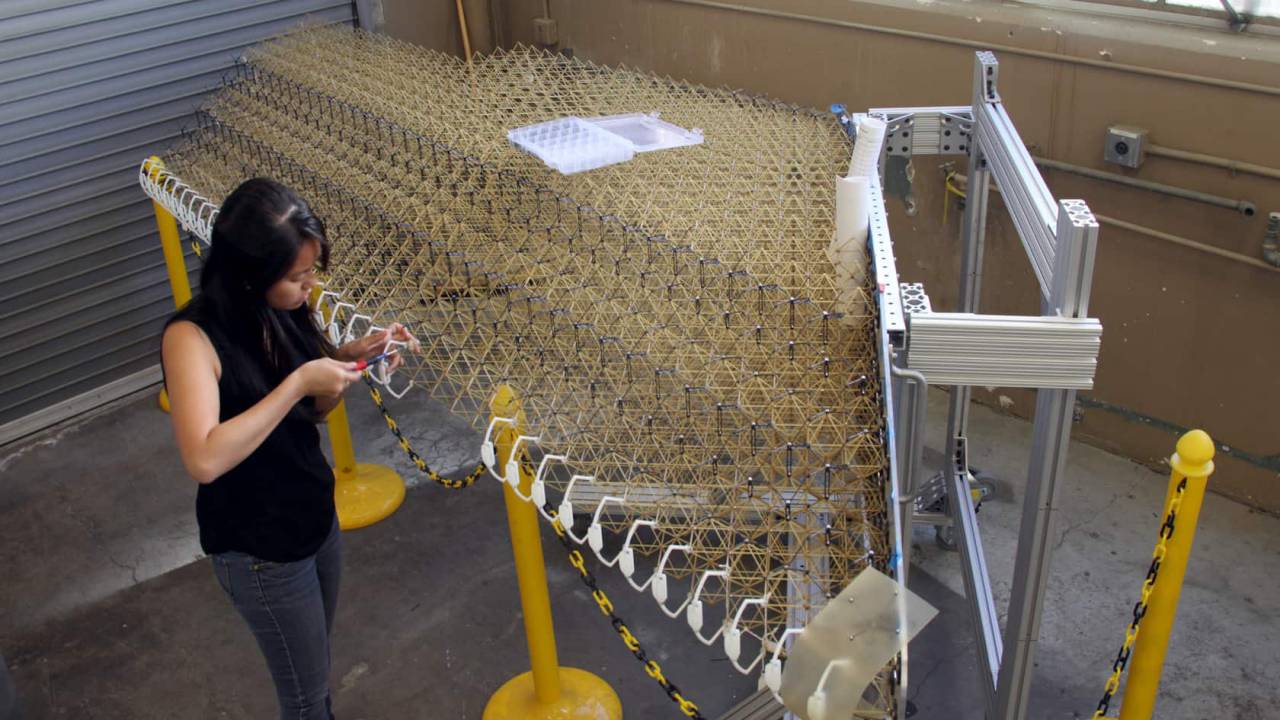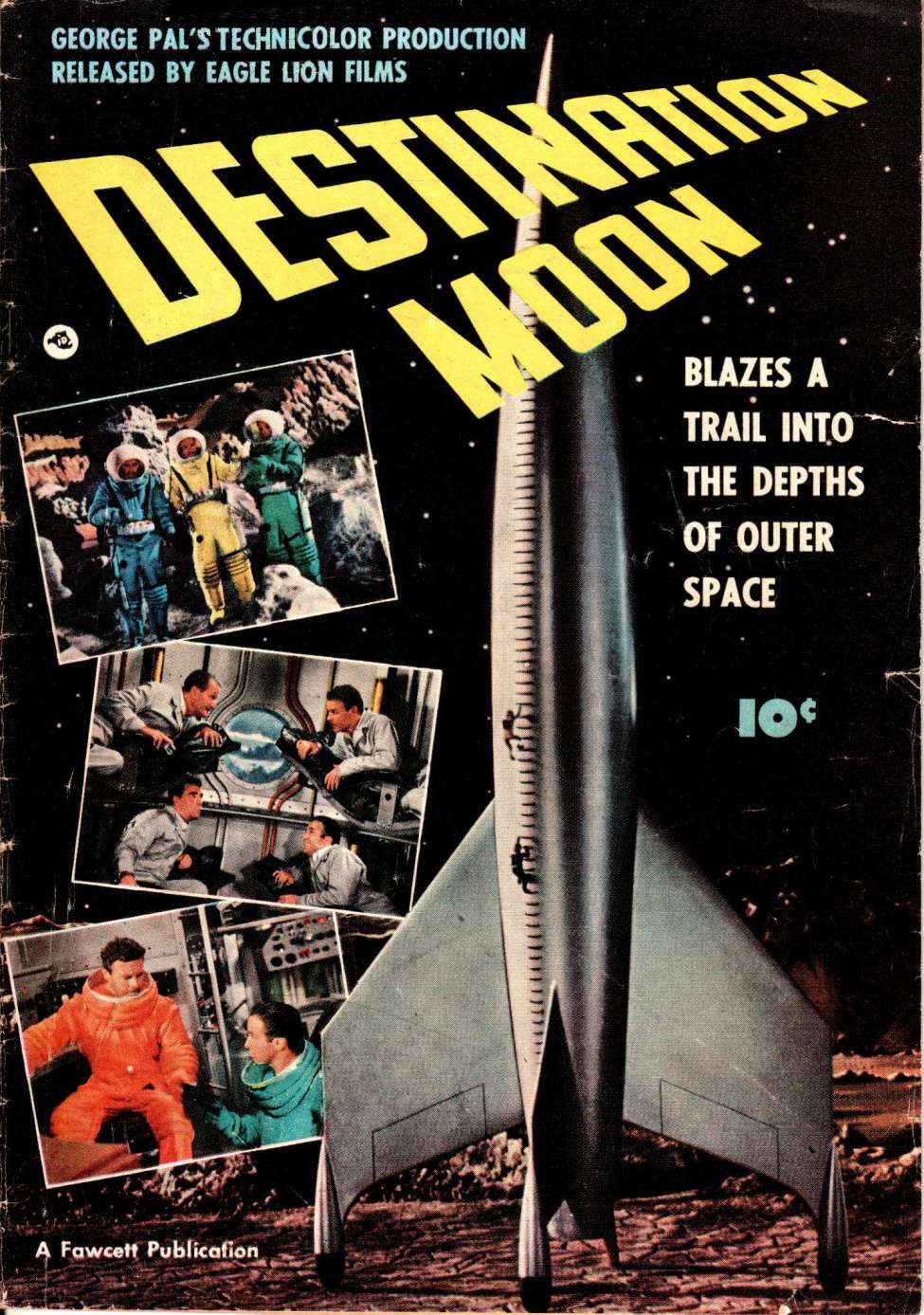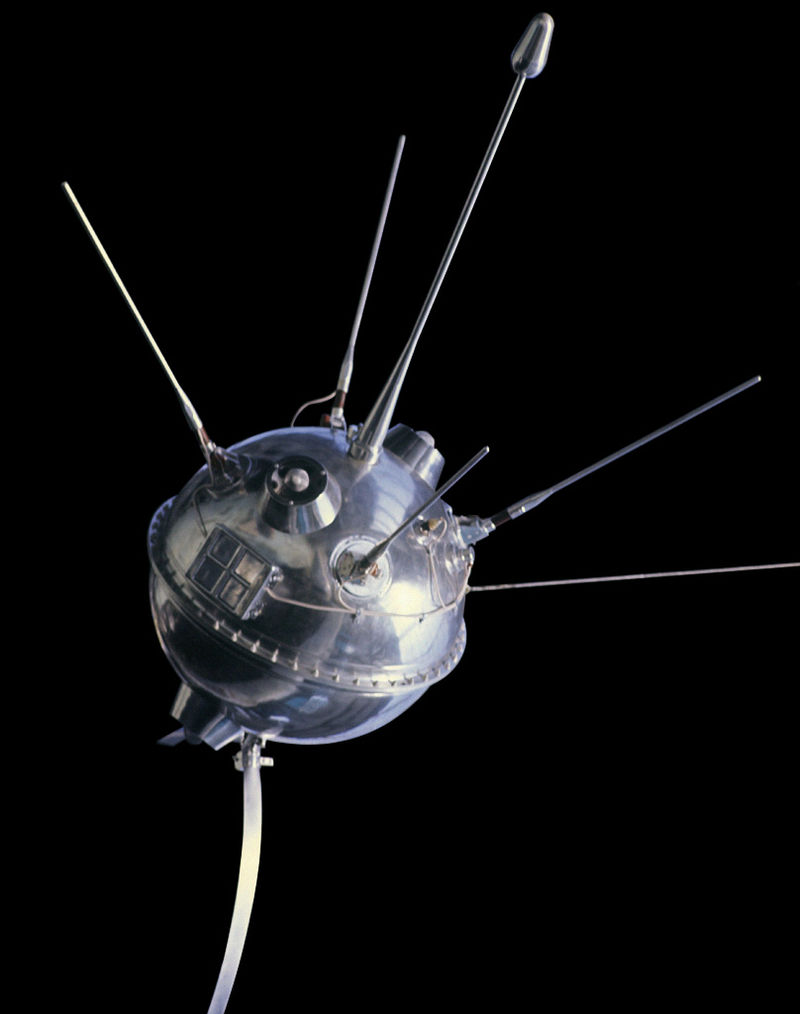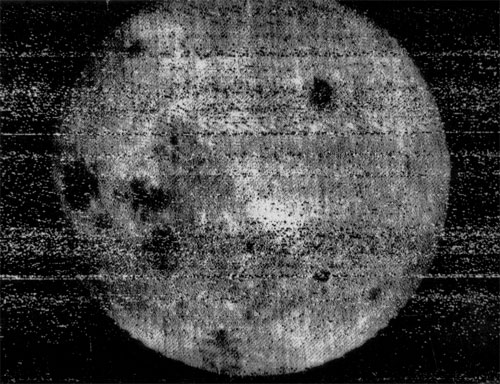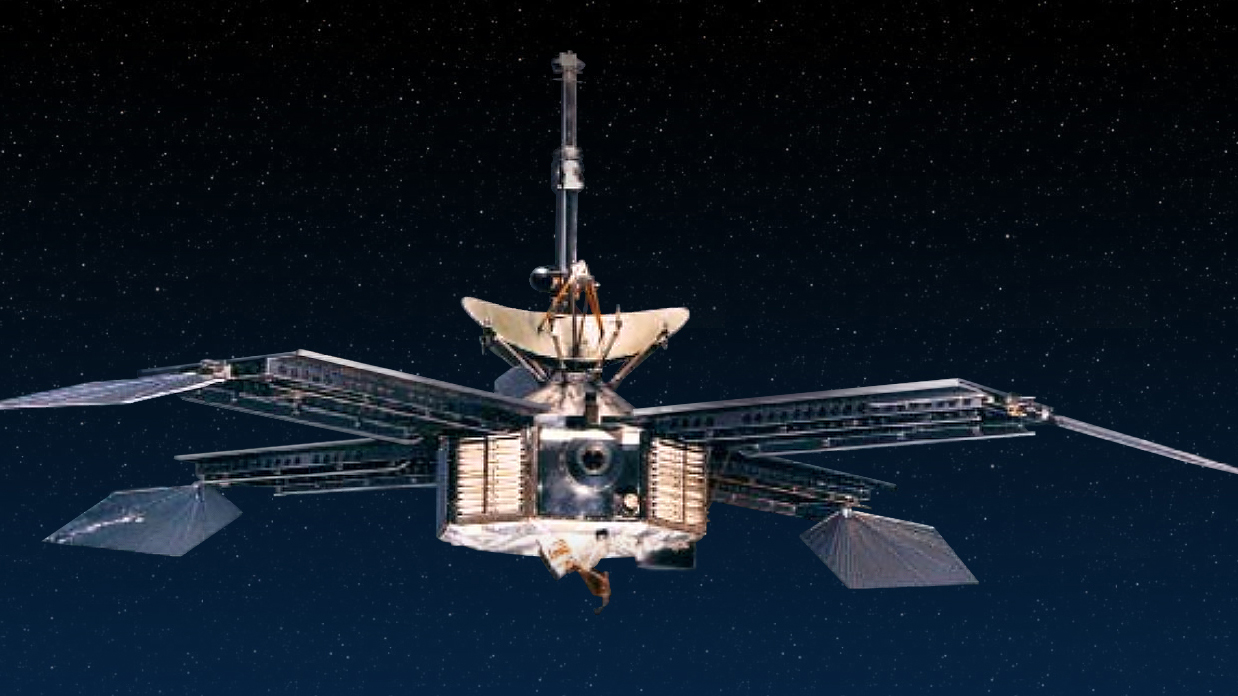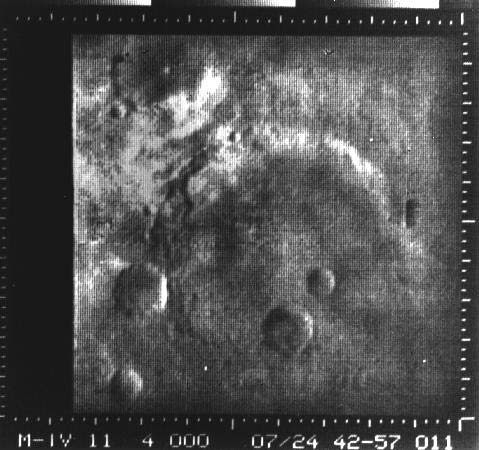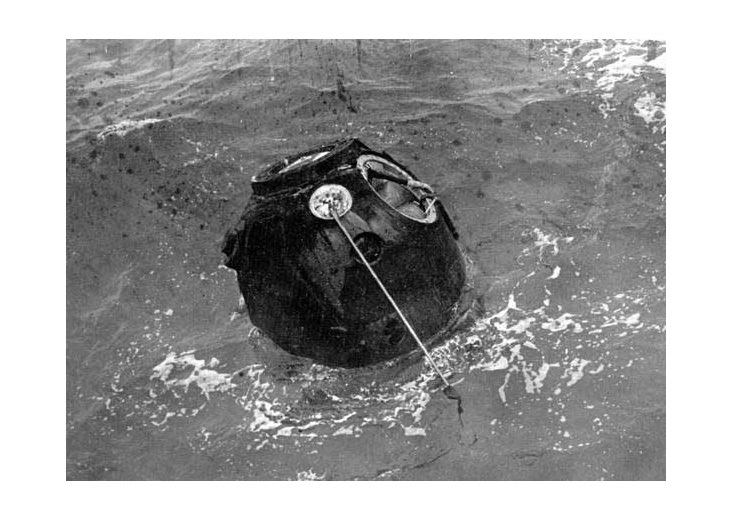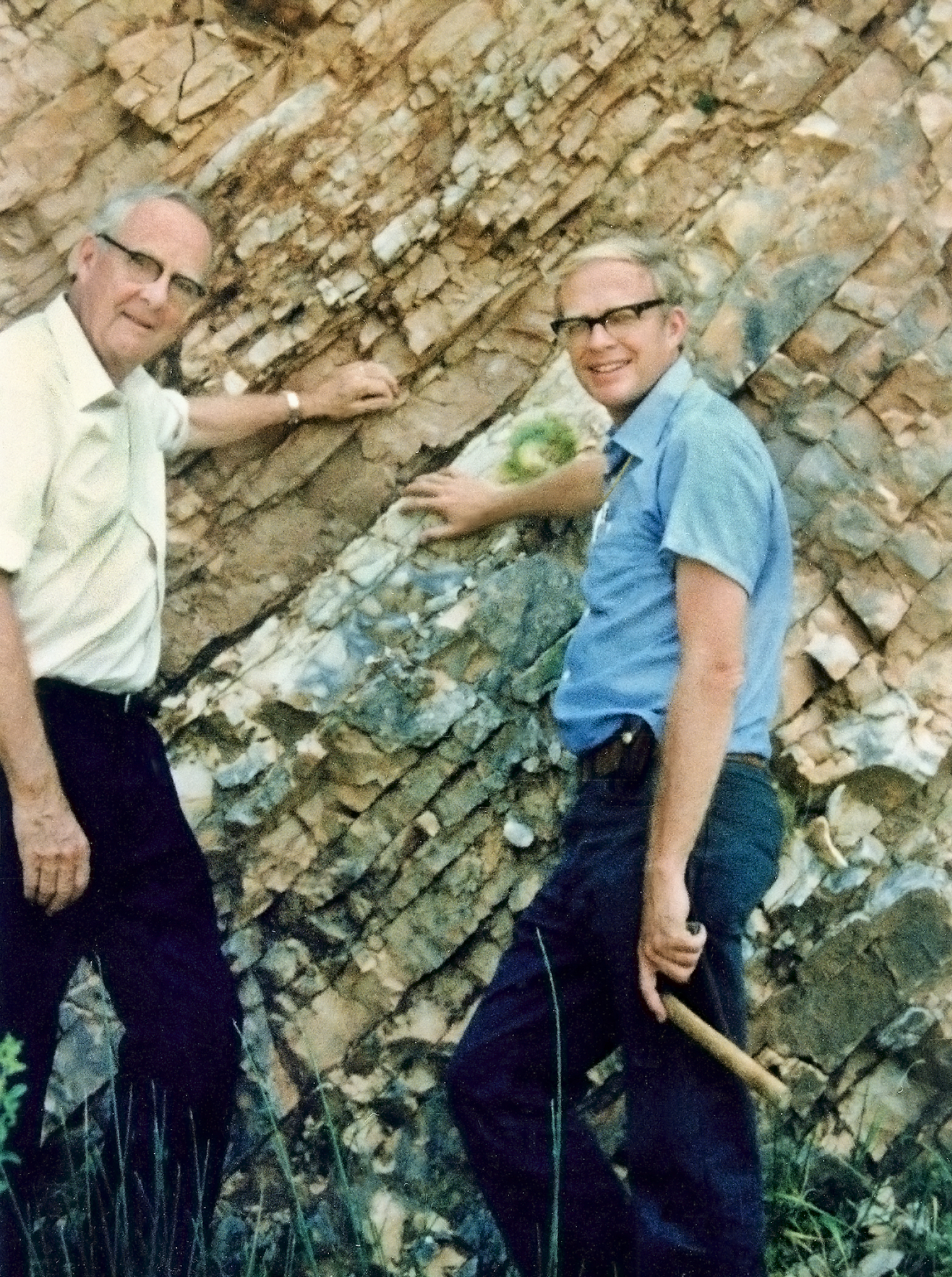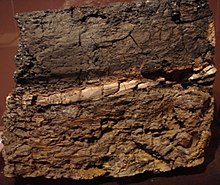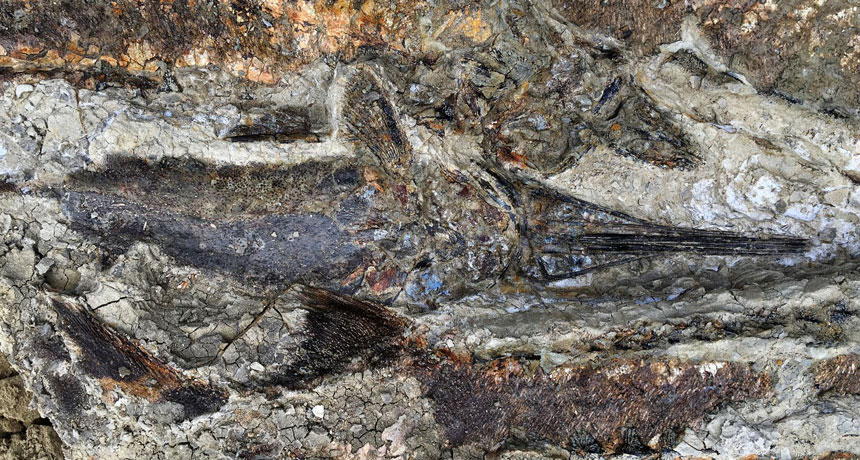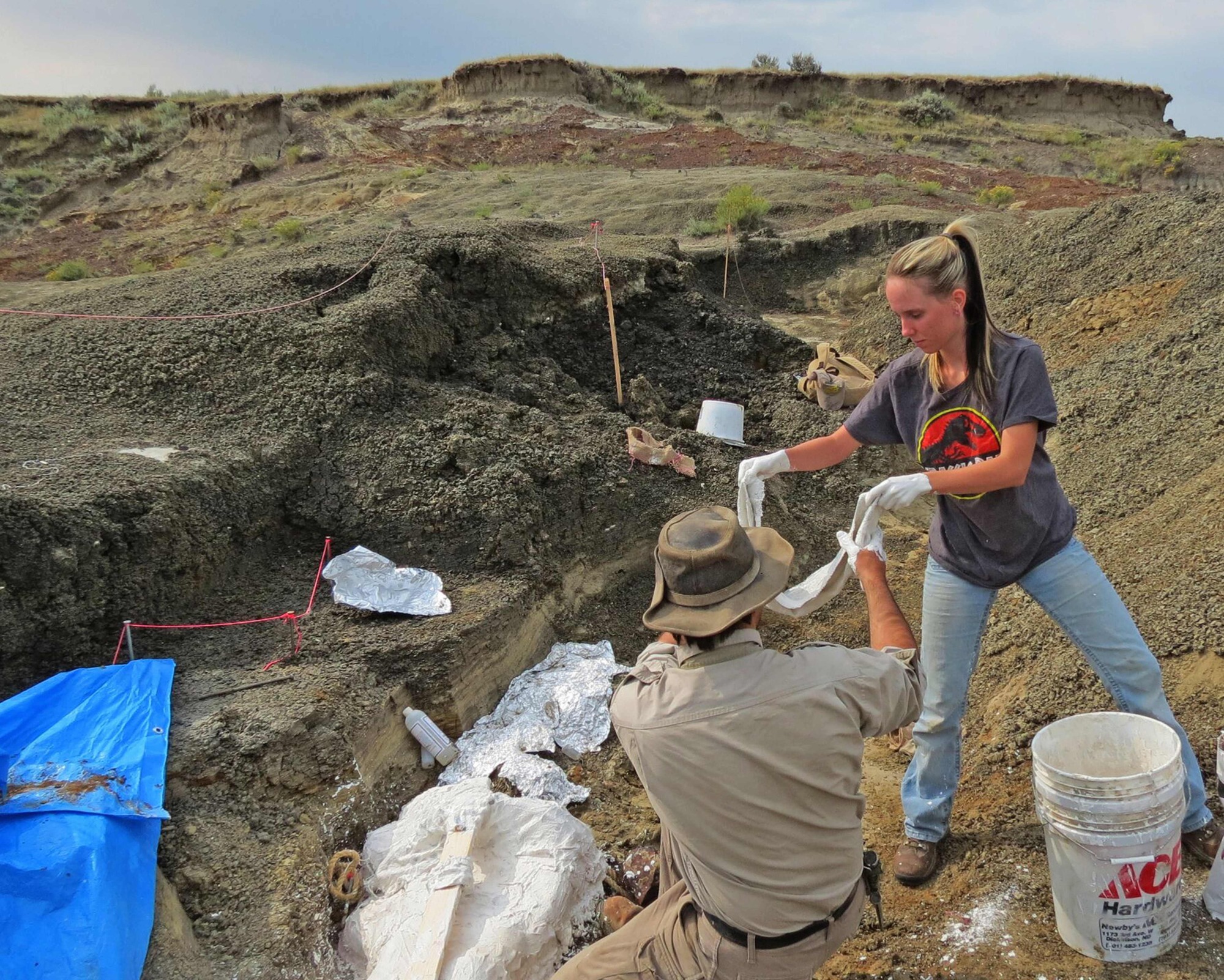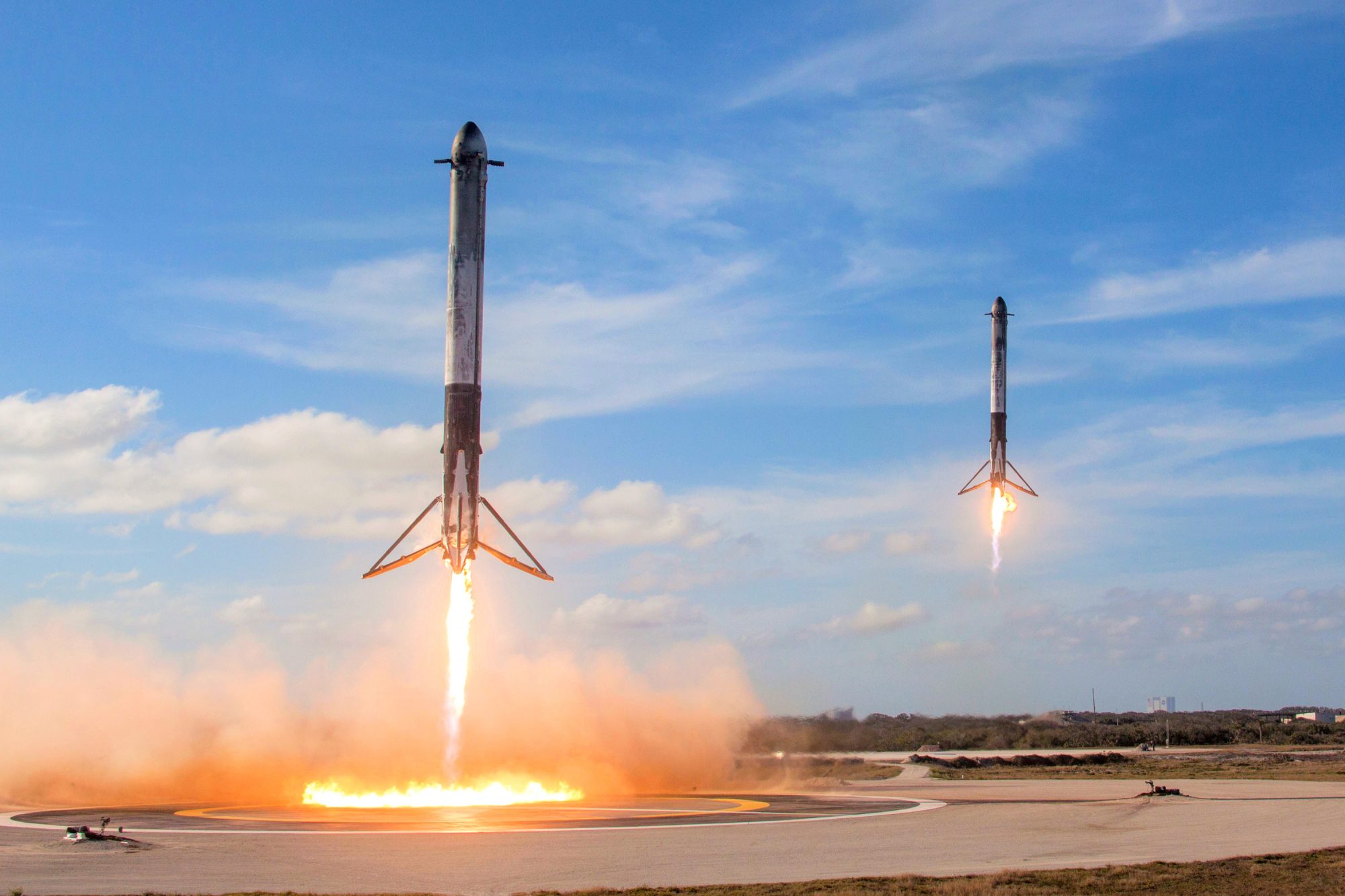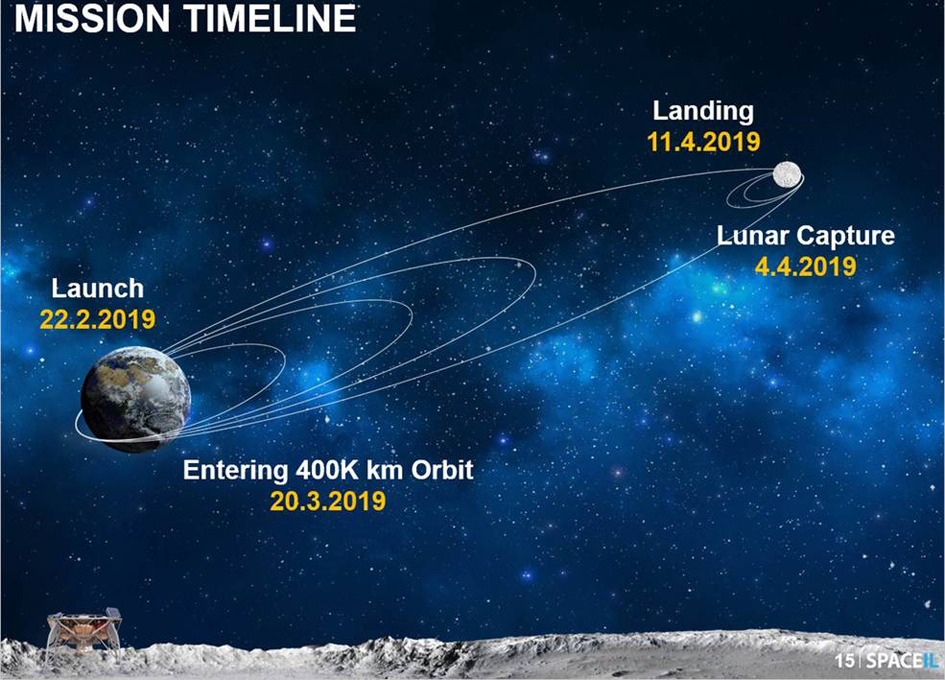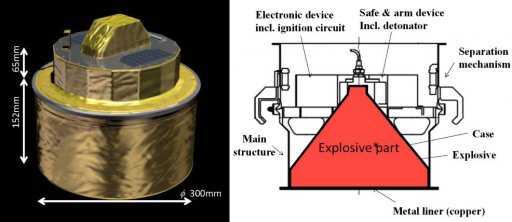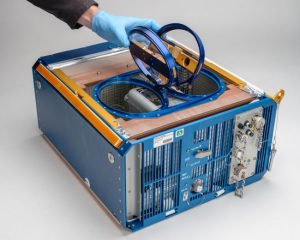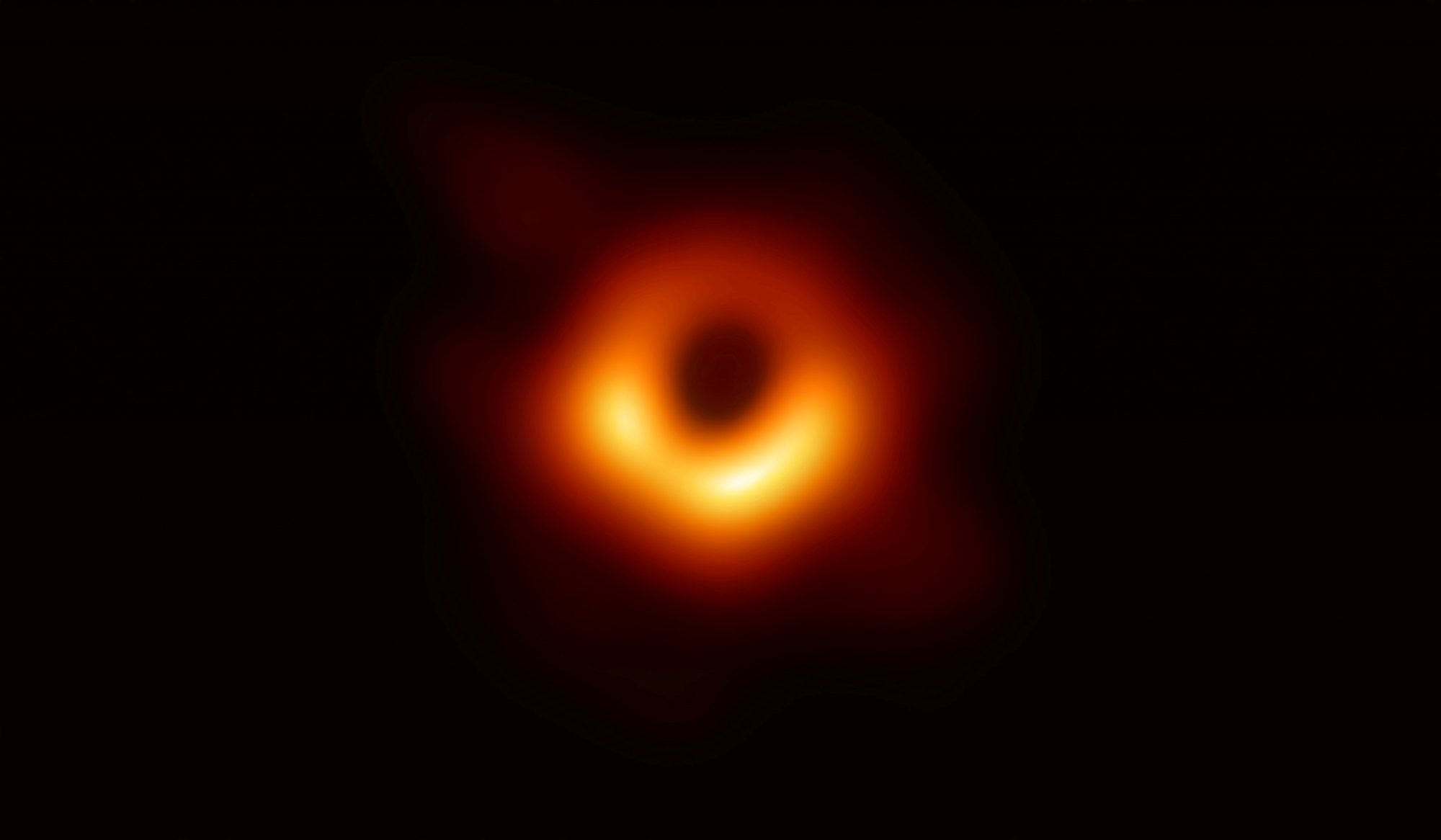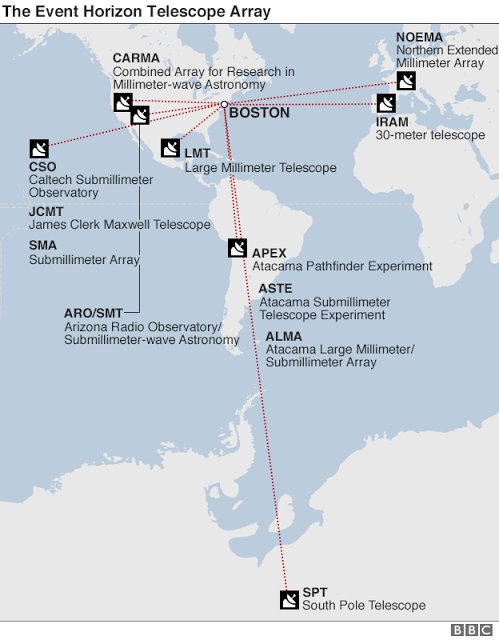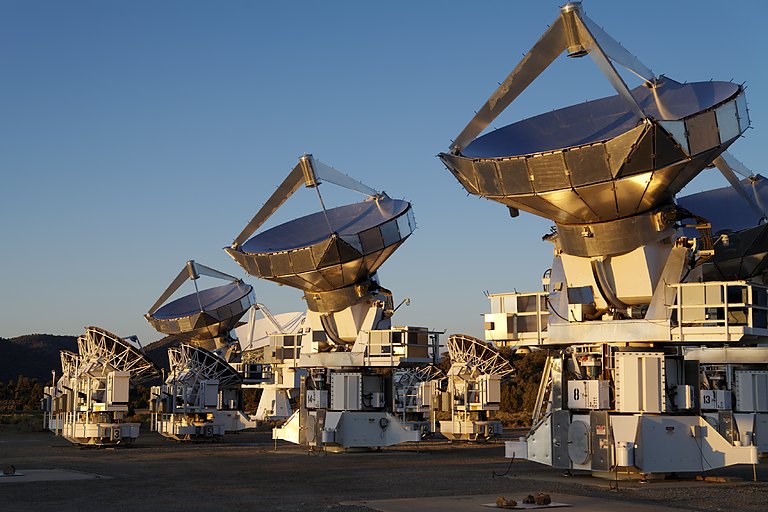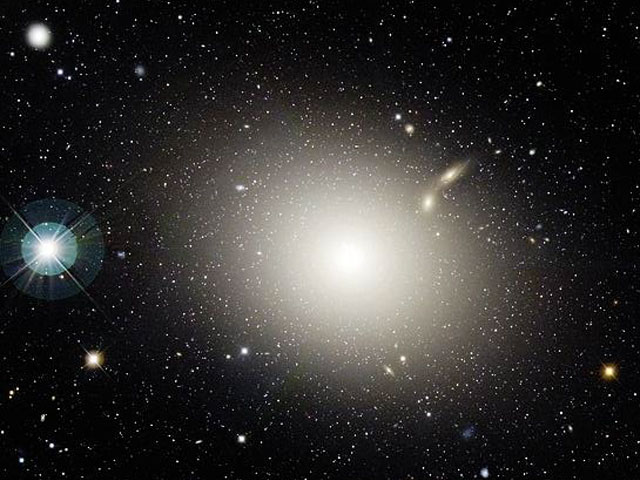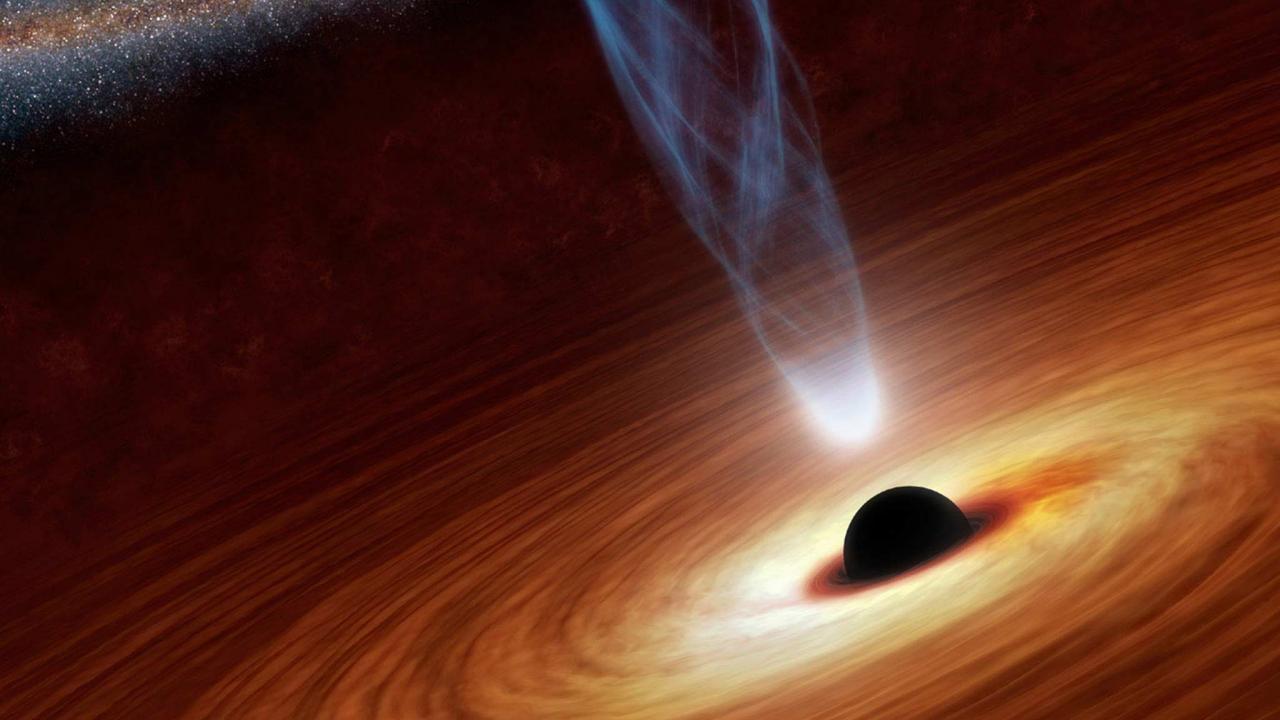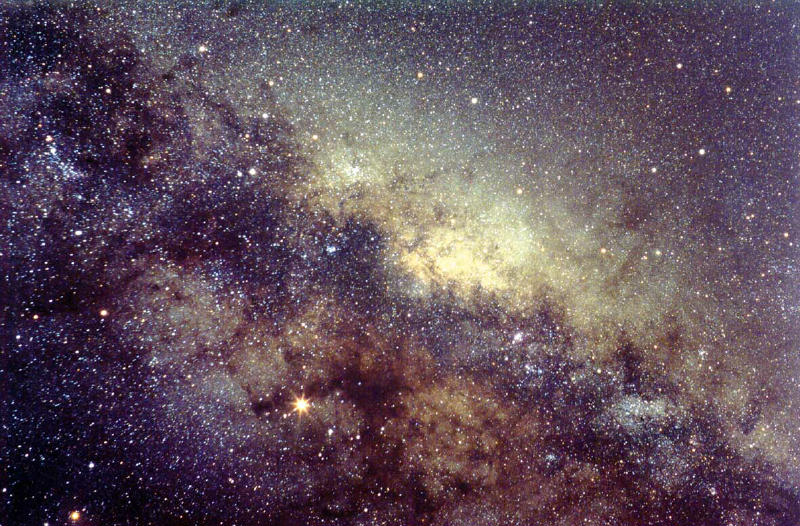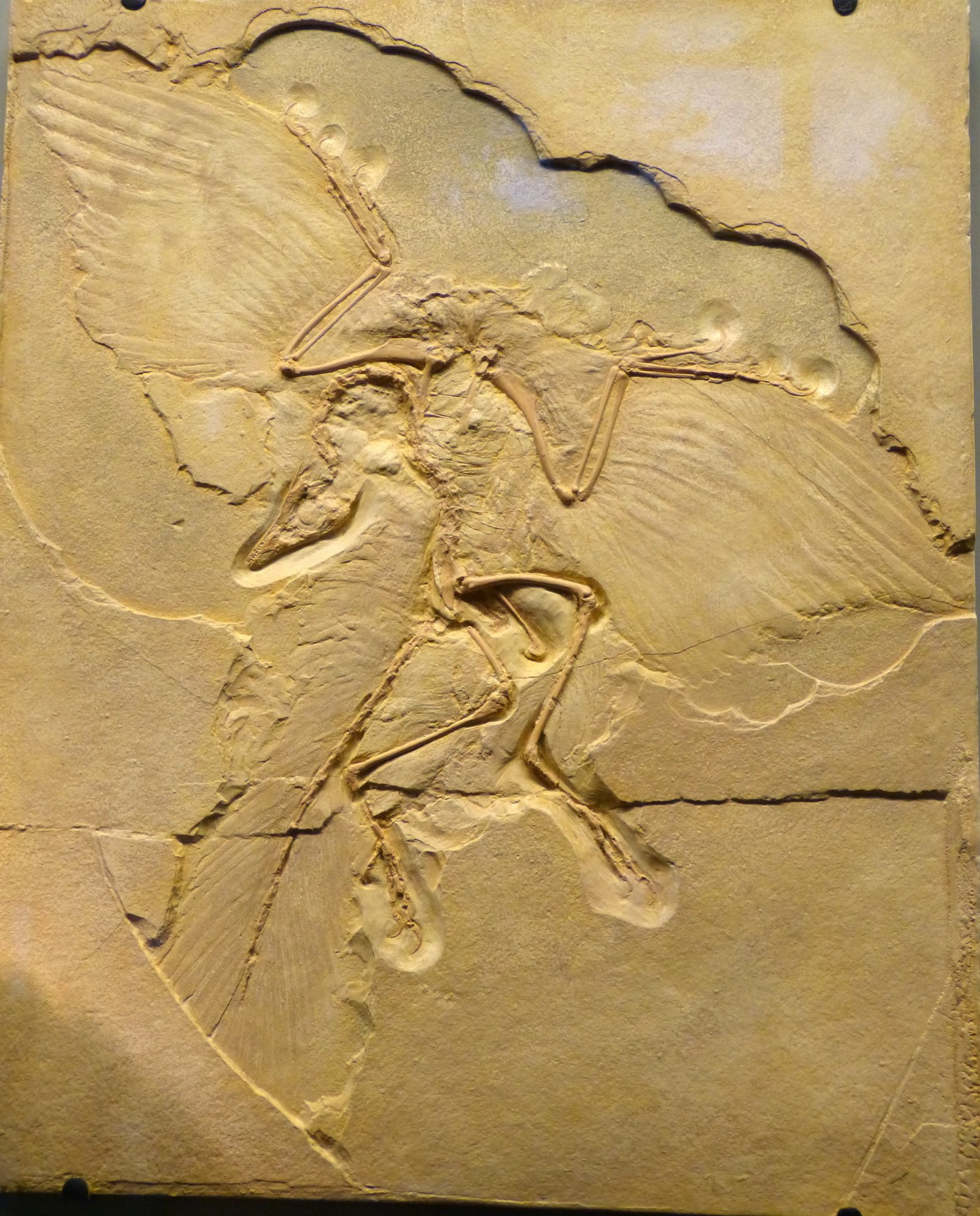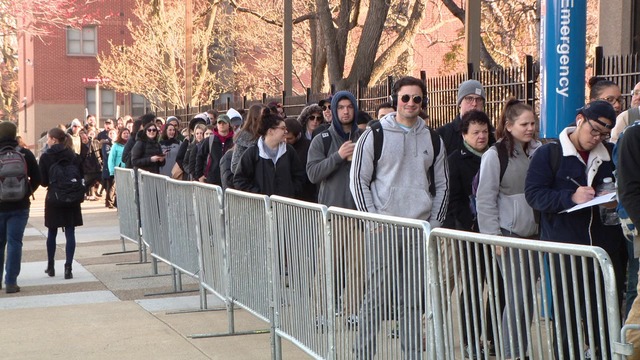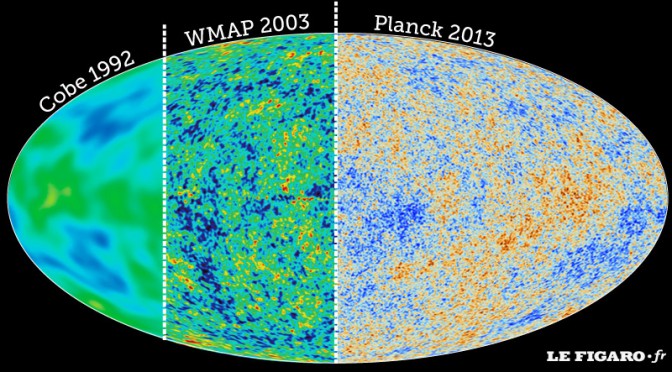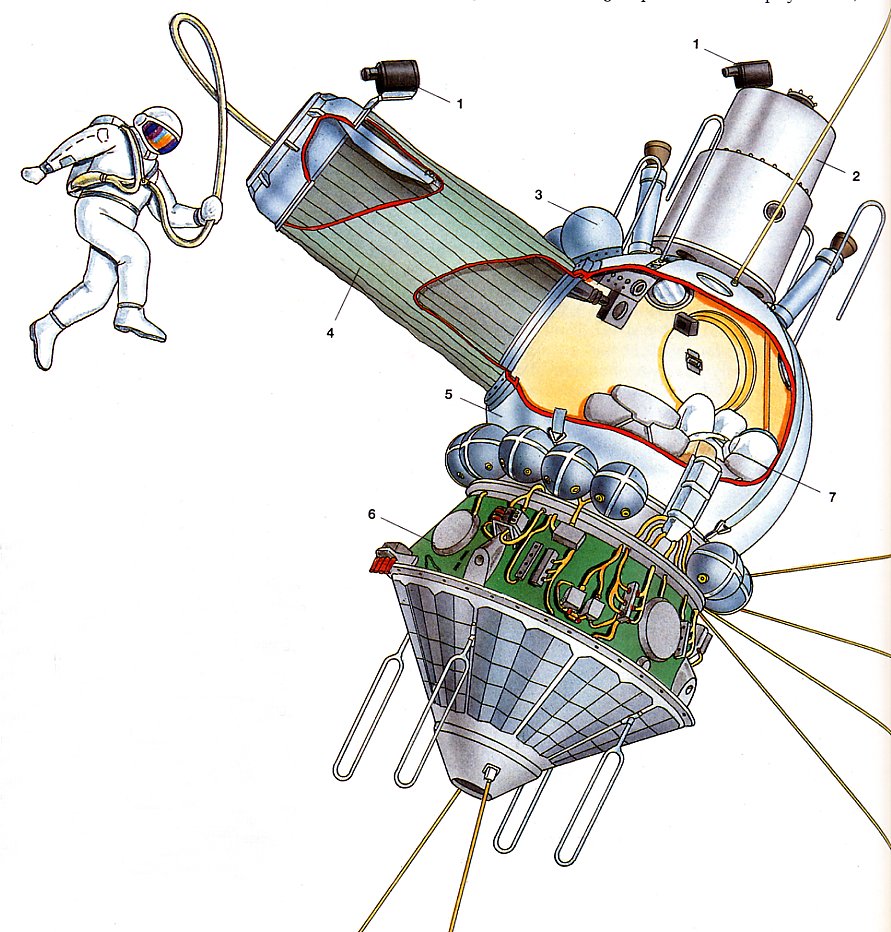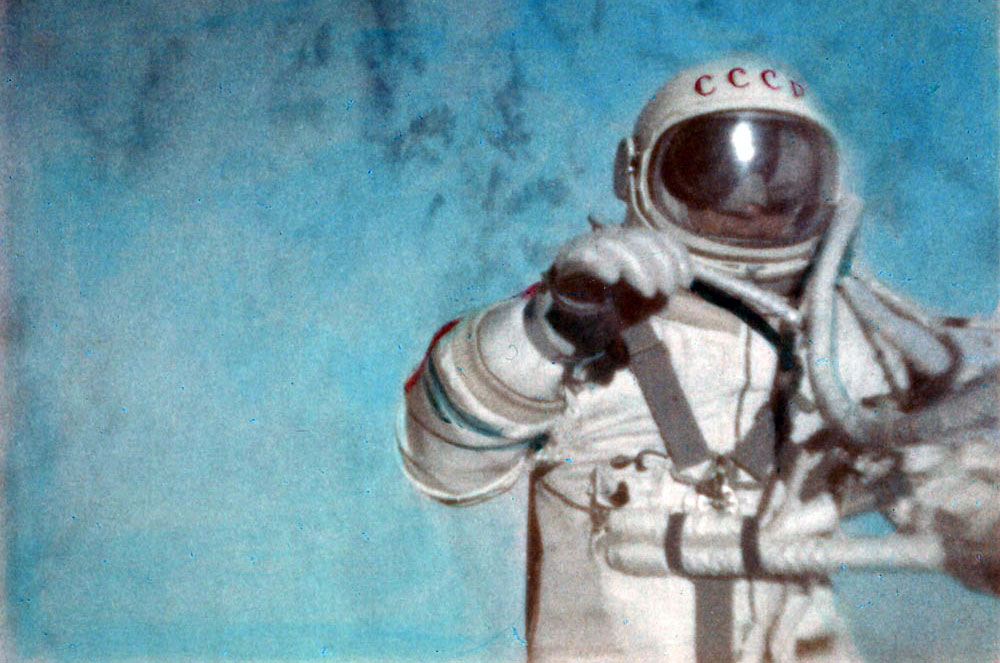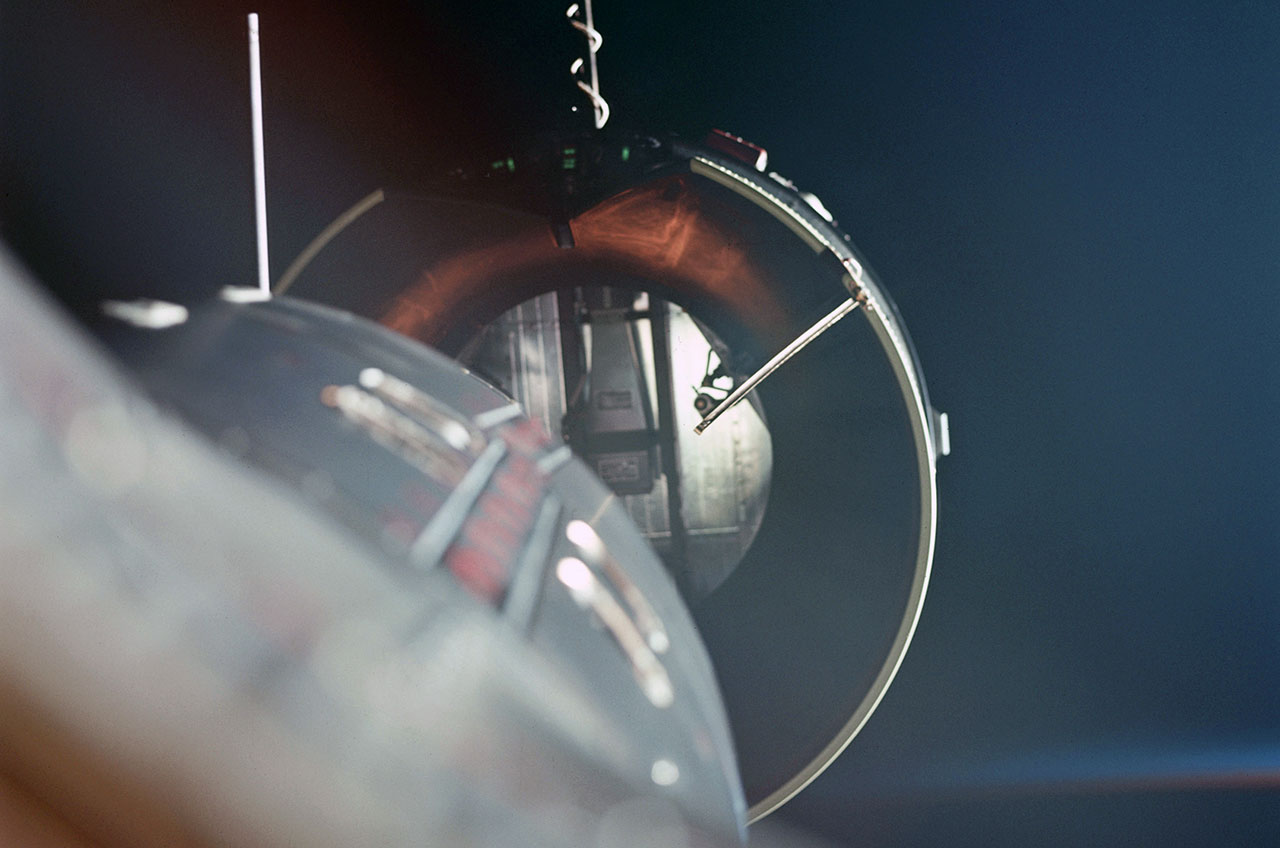The danger of an asteroid or comet striking the Earth has been used as a plot device in a number of science fiction books and movies over the last century. The threat is real however, objects as large as a house strike the Earth every few decades or so, the Tunguska meteor in 1908 is a well know example, and it is well established that a space rock approximately ten kilometers in diameter triggered the extinction of the dinosaurs.

For the entire history of Earth the living things on this planet were absolutely helpless to protect themselves against this cosmic bombardment but that may be about to change. After all, we humans are space travelers now, so we ought to be able to figure out some ways to defend our planet against a collision with a mountain flying through space.
The first thing we need to do is to get an accurate idea of the scale of the problem. Just how many rocks are out there that can threaten the Earth, and what are their sizes? Such objects are known officially as Near Earth Objects or NEOs and NASA actually has the task of cataloging them well underway.
Over the last decade a team of astronomers manning medium sized telescopes have been searching the skies for every asteroid that comes close to our planet and so far over 20,000 of all sizes have been found, their size estimated and an approximate orbit calculated.
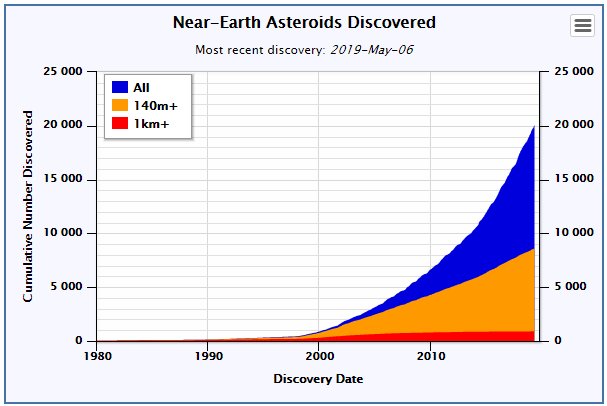
O’k, so if they find an asteroid coming at us, then what do we do? Hollywood’s favourite solution is to blow the asteroid to bits, which could actually make the problem worse, now you could have a dozen or more asteroids headed towards Earth.
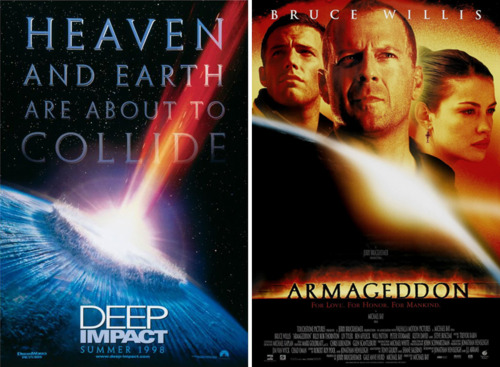
Given enough warning before a collision with an NEO, say a decade or more, a small rocket engine could be placed on the asteroid’s surface and used to alter its path so that it misses our planet by a comfortable margin. (Ten centimeters per second is a very slow speed but after ten years it amounts to more than 30,000 km!) If given even more time perhaps just nudging the asteroid by hitting it with an unmanned space probe could accomplish the same thing.
Any of these techniques might work on some asteroids, but not on others. We need to do some testing, and that is just what NASA is planning on doing in October of 2022. The mission is called the Double Asteroid Redirection Test or DART.
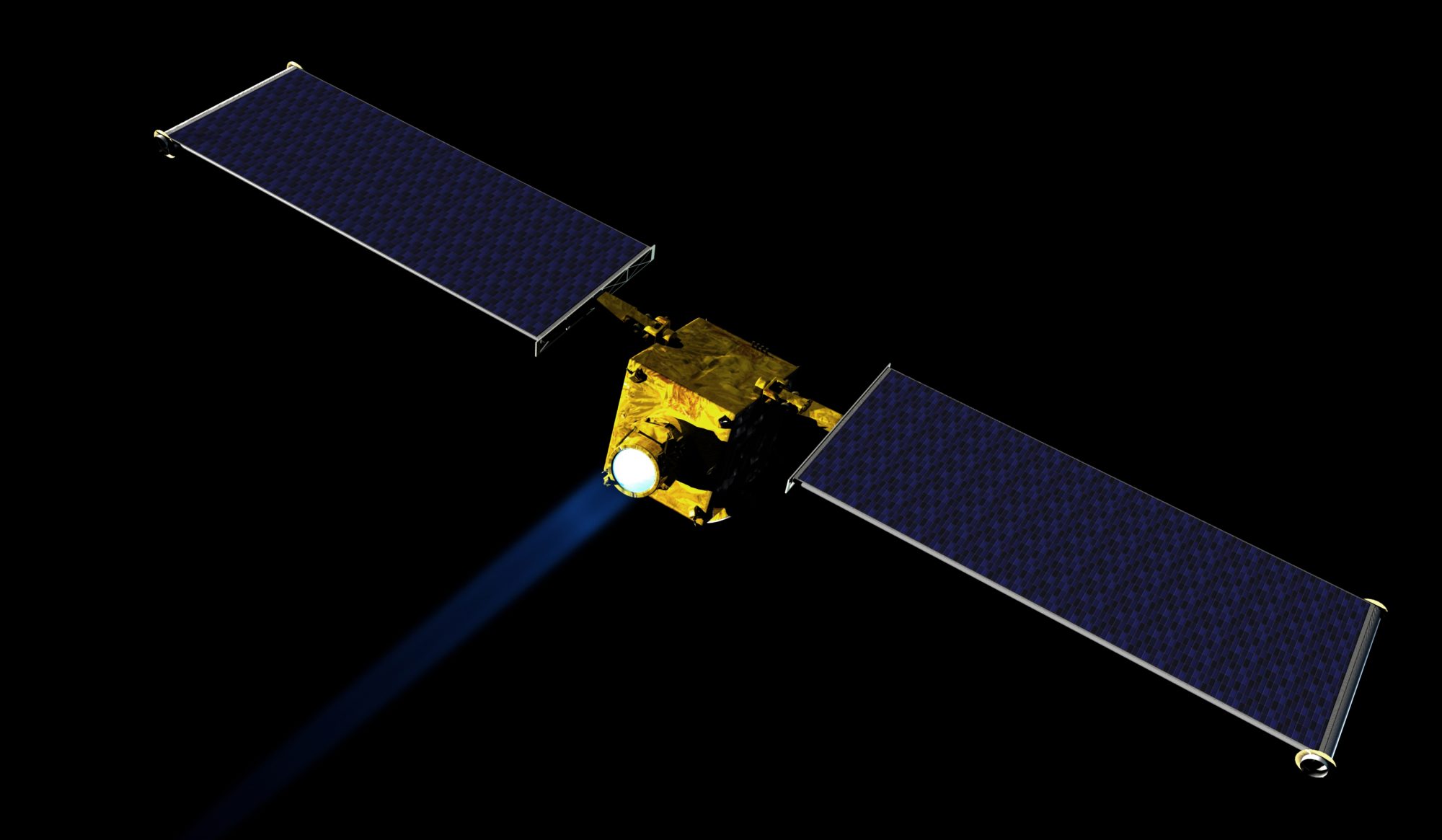
The DART probe will be sent to the double asteroid Didymos which consists of two asteroids orbiting one another, didymos is Greek for twin. After a thorough study of the orbital paths of the two asteroids the DART space probe will be commanded to slam into the smaller asteroid at a velocity of nearly 6 kps.


By observing both the collision itself and any changes to the orbits of the two asteroids relative to each other the DART mission will provide the first real measurement of the possible changes we may be able to make to an asteroid’s path. The knowledge gained from DART and similar missions will allow NASA to begin to develop practical plans for defending Earth against any threat of an impact from space.
And speaking of NEOs NASA has also announced that on April 13, 2029 the 340 m wide asteroid Apophis will sweep past Earth close enough to be visible with the naked eye. The asteroid will come within 31,000 km of Earth’s surface, closer than our geostationary communications satellites. The video below shows the encounter as it might appear for someone on the Moon, and who knows, by then there may be someone on the Moon.
Astronomers are already planning for the observations they’d like to make and I’m certain that all the World’s space agencies will be thinking about possible missions they could make to Apophis as it flies by. As for me, I intend to see Apophis as it passes Earth but Philadelphia is usually rather cloudy during April. Maybe that’ll be a good excuse to go someplace nice and sunny for a week or so!











